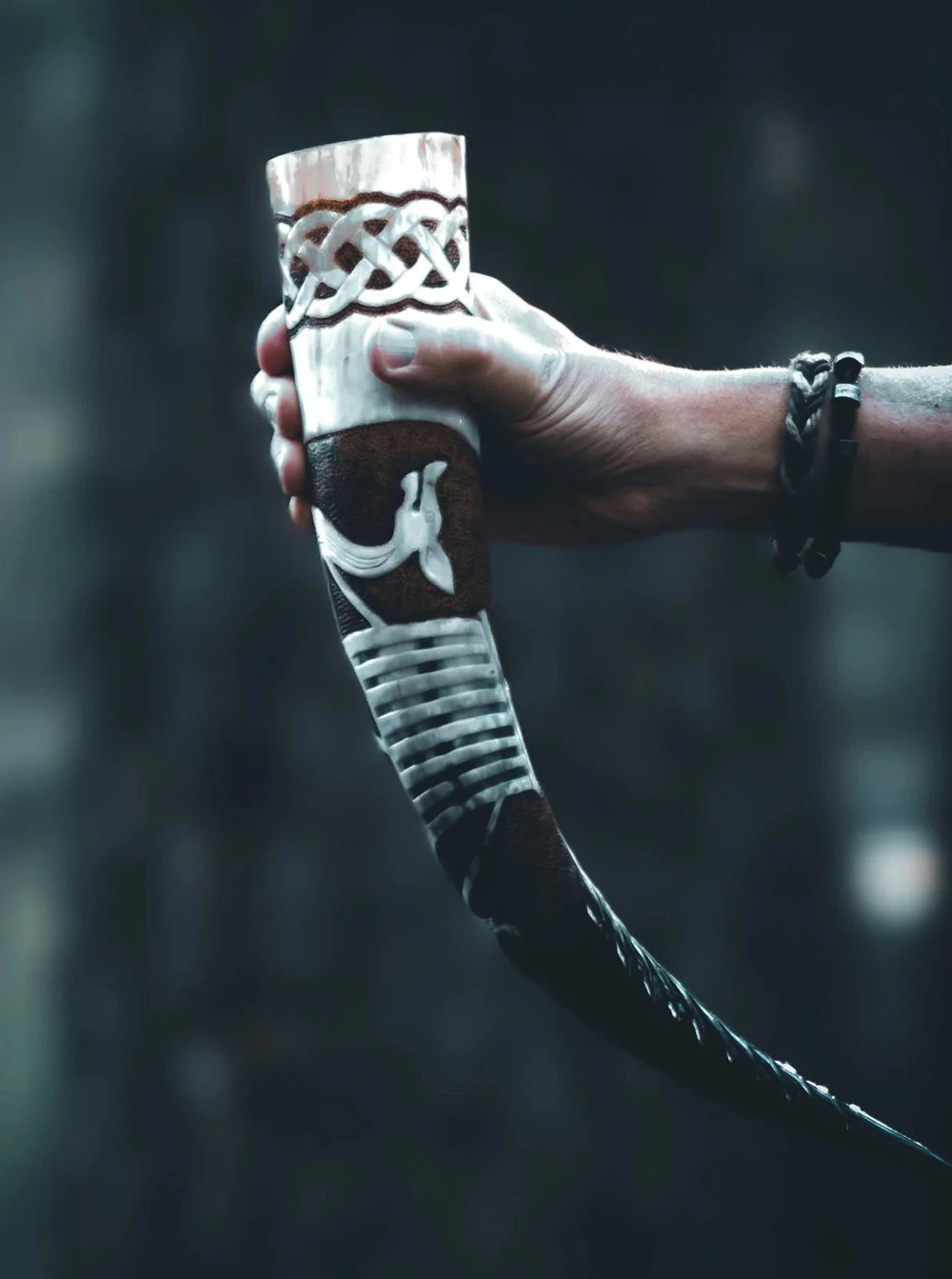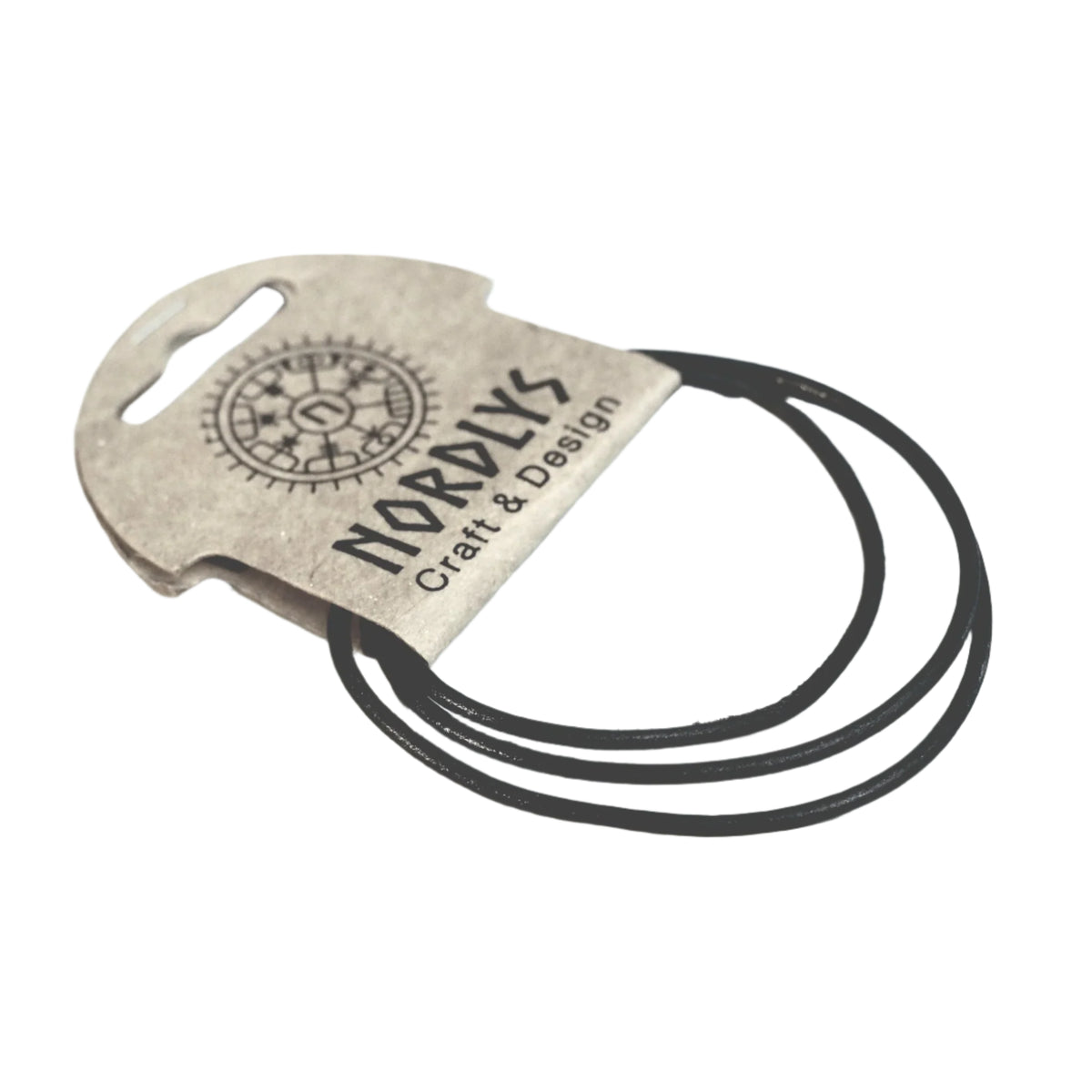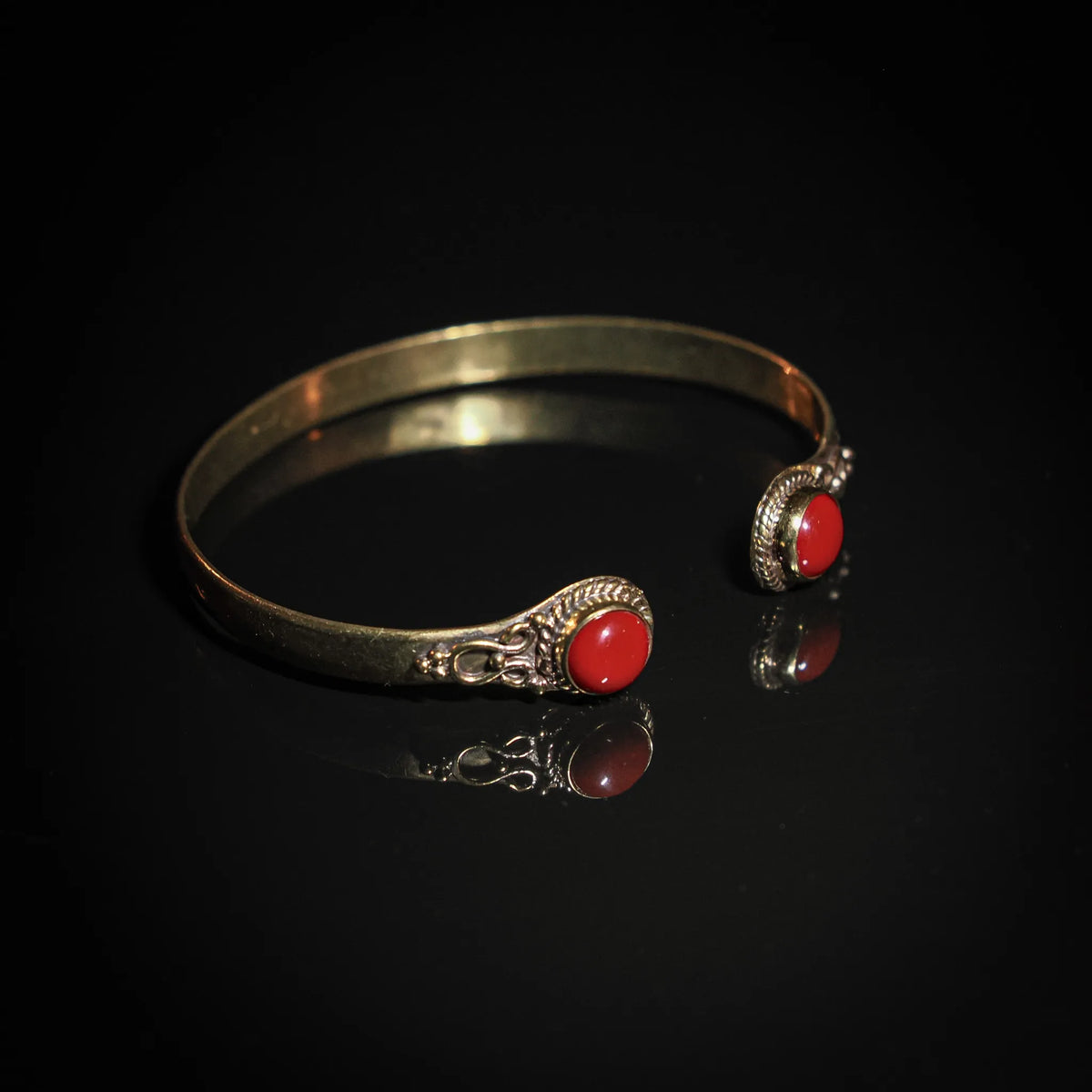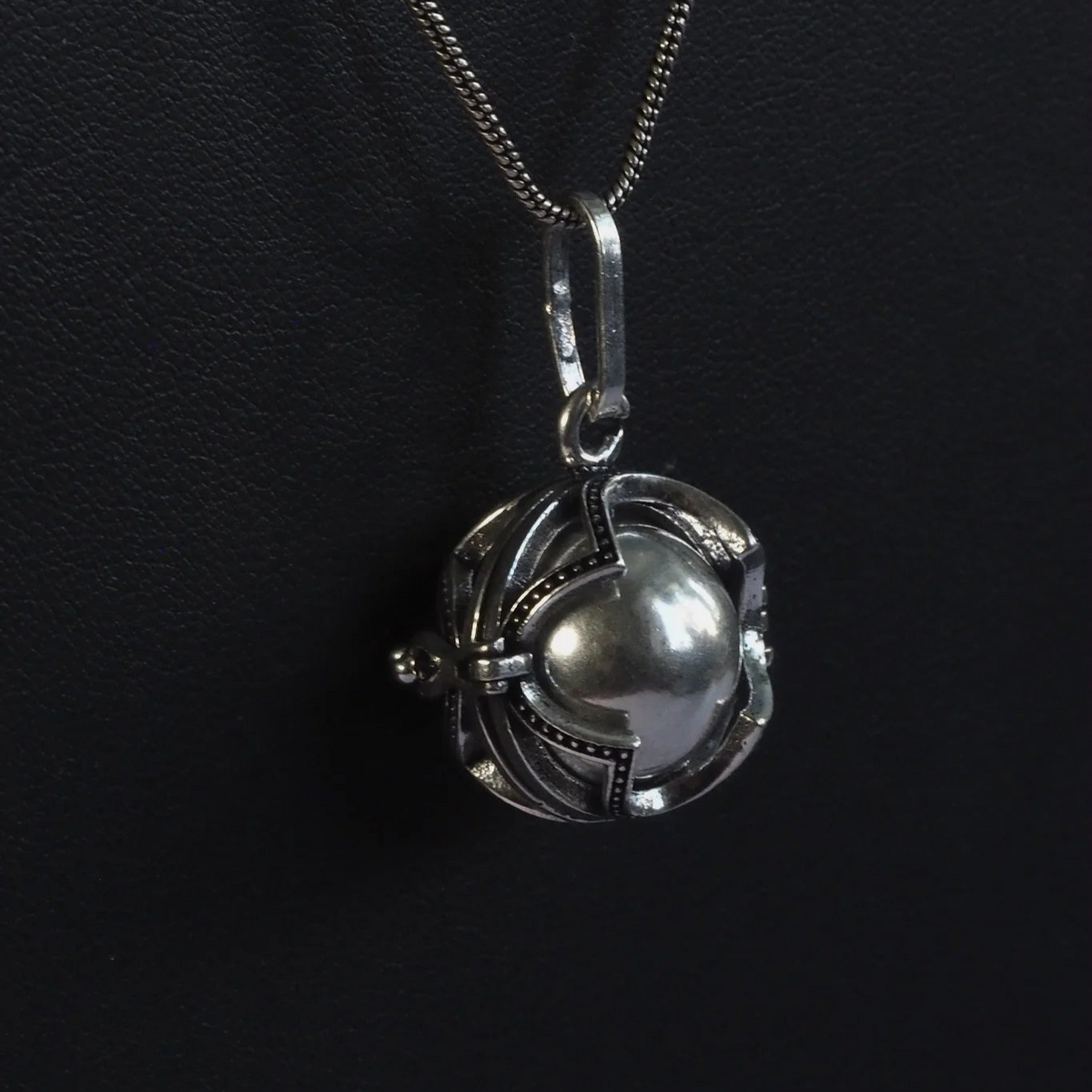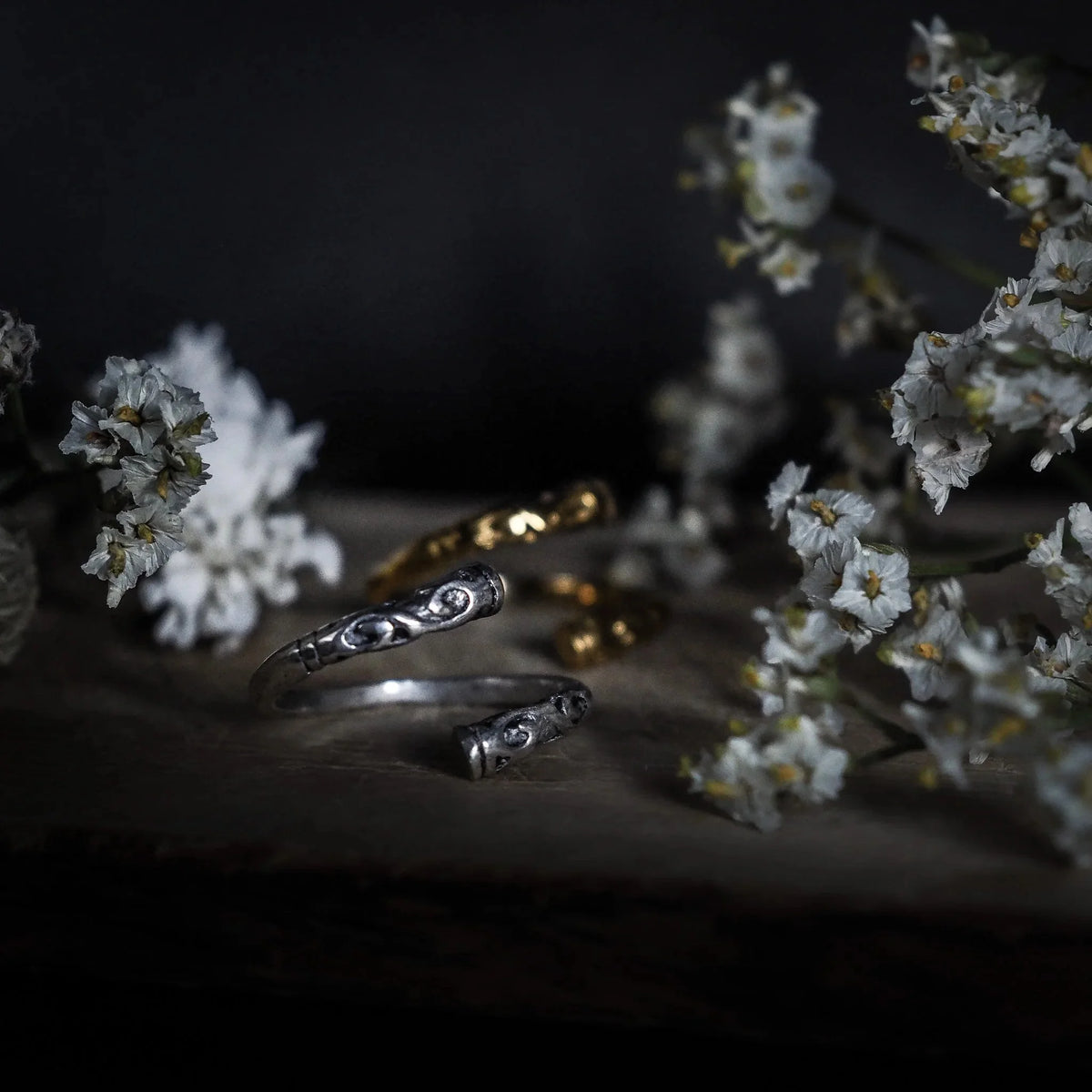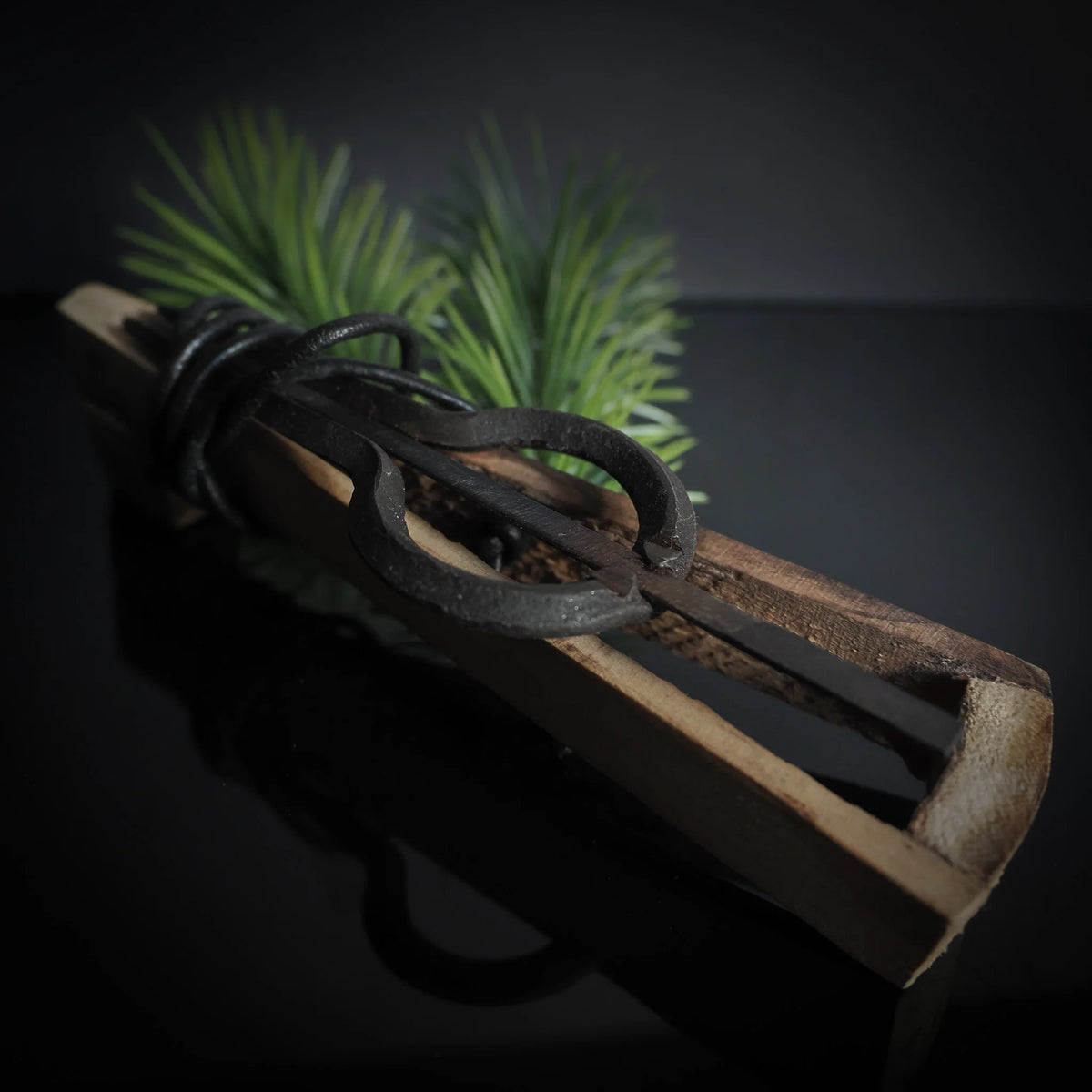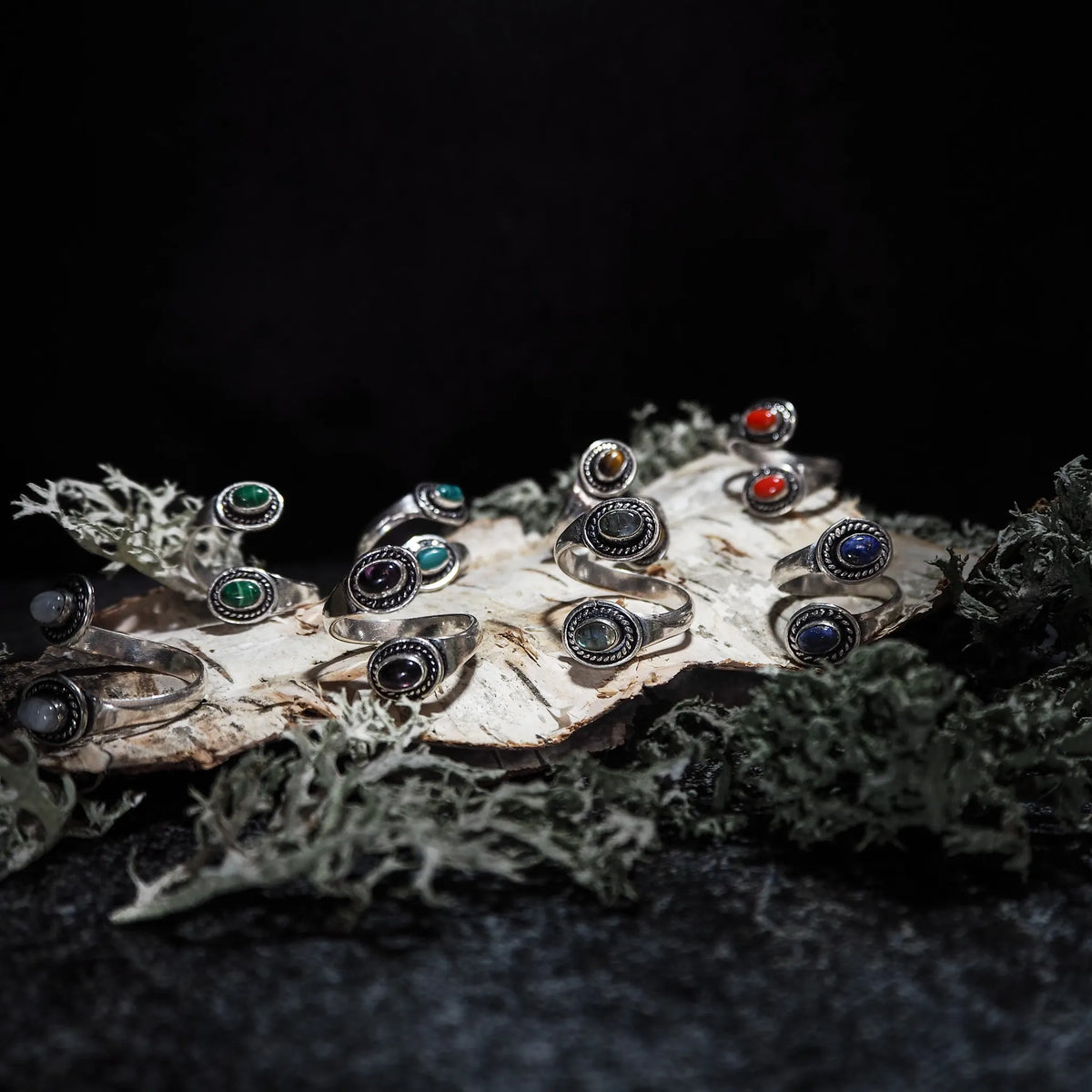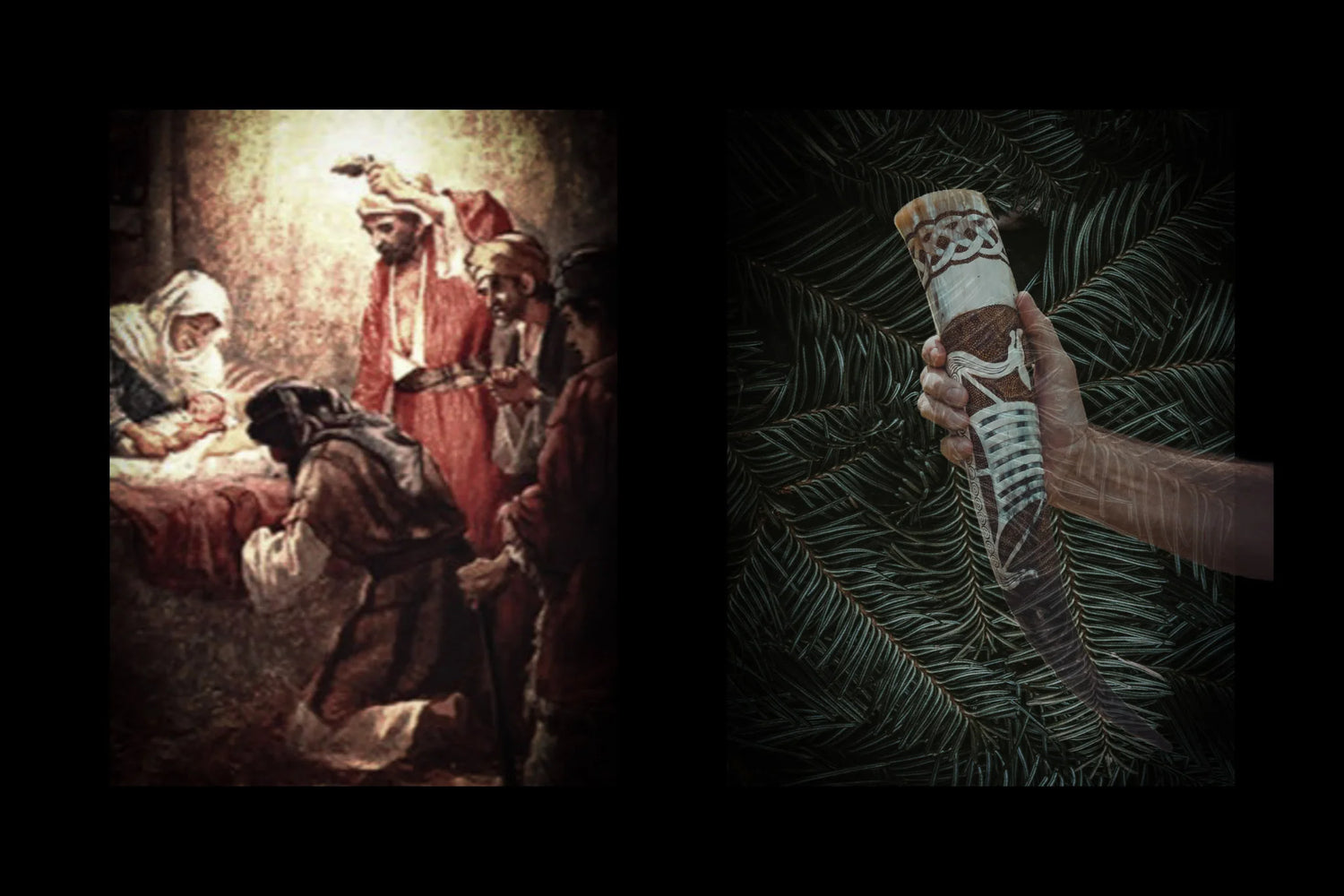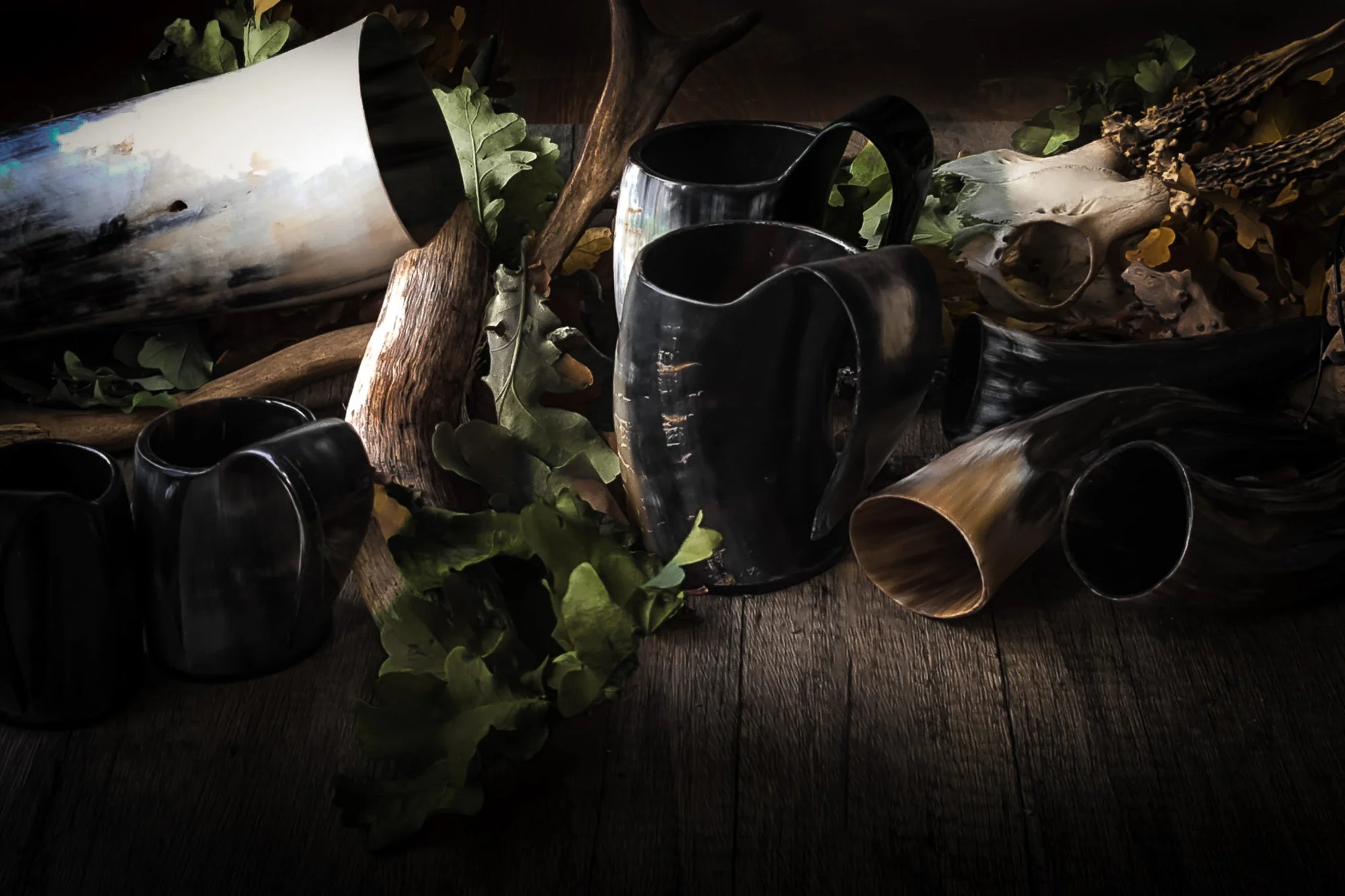There are some differences between the Christian Christmas and the Old Norse celebration of Jól (or Yule) practiced by the Vikings.
Here are some of the differences.
The Christian Christmas is a religious holiday that commemorates the birth of Jesus, while Jól was a pagan celebration that originated long before Christianity reached the Nordics.
The Vikings believed in a variety of gods and goddesses and practiced a polytheistic religion. Belief in multiple gods.
Date: The Christian Christmas is celebrated on December 24 or 25 every year to celebrate the birth of Jesus.
The Vikings' Jól, on the other hand, was celebrated at the winter solstice, usually around December 21st. However, the exact timing of the blot is disputed. Some say that it was held at the winter solstice at the end of December, others believe that the party took place in mid-January.
The Christmas feast was the great sacrificial feast for the good of the gods. It was then believed that the forces of darkness were at their strongest on this longest night of the year, and therefore a festival of light and offerings were needed to subdue the darkness, to appease the gods and get their blessing for the coming year's harvest and to ensure the return of the light.
The Vikings had their own symbols associated with the midwinter solstice. The fire, offerings, spruce rice, seeds, the sun wheel and straw goats, for example, were part of the celebration.
The Vikings kept a clean sheet. There they lit fires, offered gifts to their gods, raised horns for gods, harvest, dead and born, had a feast or feast as it was called.
It was also common to give and exchange presents during Christmas.
Within the Christian tradition, there are several rituals and traditions that are common, such as going to church on Christmas Eve, singing carols, exchanging gifts and eating a festive meal.
Although Christianity replaced the Old Norse religions in the Nordic countries, certain traditions and symbols from Christmas have survived and been integrated into the modern Christmas.
For example, the word "Christmas" comes from Jol and the tree, which is a central part of many modern Christmas celebrations, has its roots in Old Norse tradition.
Other traditions, such as Christmas carving of meat, can also be traced back to the Viking Age.
The Yule Goat is a nice example:
In the myth of Thor's journey to Utgårdaloke,, it is told how,Tandnissle and Tandglese, the goats that pull Thor's chariot, are slaughtered in the evening and eaten, to be brought back to life in the morning, when Thor with the hammer Mjölnir, signs their skeletons.
These are some of the differences between the Christian Christmas and the Viking Christmas.
Both celebrations have their own unique traditions and symbols and represent different beliefs and expressions.
Good God
Merry Christmas
